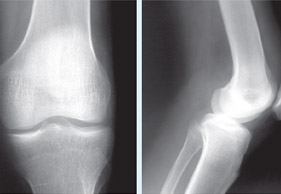A rehabilitation programme for patello-femoral syndrome (runner’s knee).
How does runner’s knee happen?
Your upper leg (femur) and lower leg (tibia) form a joint with your kneecap (patella). The patella moves up and down in a groove in front of these two bones when you walk and run. Pain starts when the kneecap runs out of this groove and literally grinds against the bone. This causes a sharp pain and/or swelling if you sit for long periods, squat, walk or run.
Causes of this condition include:
> Imbalances between the inner and outer muscles of the front of your thigh (quadriceps)
> Walking/Running more on the big toe area of your foot (over-pronation)
> A biomechanical problem, e.g. knock-knees, bow-legs or leg length differences
> Incorrect running shoes
> Not stretching often enough
> Incorrect training methods (too fast, too quick)
> Incorrect training surfaces (too hard/soft/uneven)
> Running on only one side of the road
> A leg length discrepancy due to muscle imbalance
How do I get past runner’s knee?
Do the following exercises for three to five days or until pain subsides –
- Rest: Take a break from training and check your shoes
- Ice and compression: Ice the injured area for ten minutes every two hours
- Go to your physiotherapist for treatment
- Ask your physio to analyse your walking/running pattern
- Ask your podiatrist/orthotist if you need to have a special innersole designed
- Ask your physio to strap your kneecap to decrease pain
 David van Wyk – Modern Athlete Expert
David van Wyk – Modern Athlete Expert
Qulifications:
BPyst (UP), MPhil (Sports Physiotherapy) (UCT)

